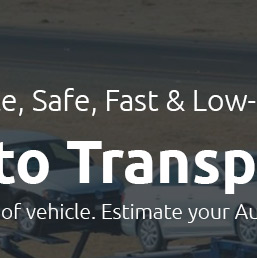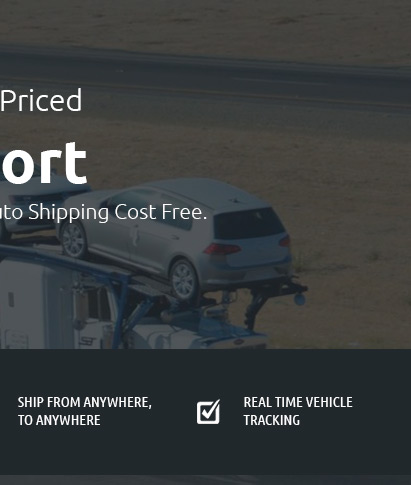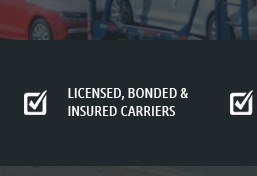 |
|
||||
 |
 |
 |
 |
||
 |
 |
|||||
 |
 |
 |
 |
 |
 |
 |
||
 |
 |
 |
 |
 |
 |
 |
 |
 |
 |
 |
|
 |
The Best Way to Ship a Car: A Comprehensive Guide for BeginnersShipping a car can be an overwhelming task, especially for those venturing into this arena for the first time. With myriad options available, each boasting its own advantages and potential pitfalls, it is imperative to understand the nuances involved in choosing the best method for transporting your vehicle. In this guide, we aim to demystify the car shipping process by offering insightful and practical advice that will empower you to make informed decisions. To begin with, it's crucial to recognize the different types of car shipping methods available. Broadly speaking, these can be categorized into open transport and enclosed transport. Open transport is the most common and economical option, often seen on highways carrying multiple cars. This method, while cost-effective, exposes vehicles to the elements and road debris. On the other hand, enclosed transport offers heightened protection against environmental factors and potential damage, making it an ideal choice for high-value or classic cars. One must also consider the choice between hiring a broker or a carrier. Brokers act as intermediaries, connecting you with carriers that best meet your needs. They offer the benefit of a wider network and competitive pricing. Conversely, dealing directly with a carrier may provide more straightforward communication and a sense of control over the logistics. Cost is undeniably a significant factor in the decision-making process. Prices can fluctuate based on factors such as distance, vehicle size, and the chosen transport method. It's advisable to obtain multiple quotes and scrutinize the services included. Be wary of quotes that seem too good to be true, as they may lack essential services or hide additional fees. Another crucial aspect to consider is insurance coverage. Most reputable shipping companies offer some form of coverage, but it’s important to verify the extent of protection provided. Examine your existing car insurance policy to determine if supplemental coverage is necessary. This precaution ensures peace of mind, knowing that your vehicle is protected in the event of unforeseen incidents. Planning ahead is key to a smooth car shipping experience. Aim to book your shipment well in advance, as this not only provides a wider selection of carriers but may also result in better pricing. Additionally, preparing your vehicle for transport is essential. This includes cleaning the car, documenting any existing damage with photos, and removing personal items to avoid potential disputes and ensure a hassle-free process.
https://www.move.org/cheapest-way-to-ship-my-car/
The cheapest way to ship your car is by using an open auto transport method. This means the vehicle will travel on a wall-less trailer exposed to the elements. https://www.quora.com/How-does-one-ship-a-car-from-coast-to-coast
Car shipping companies are the one who provide you this service. For this purpose you firstly need to choose a best and top car shipping company ... https://www.sherpaautotransport.com/guides/how-to-ship-a-car/
Car shipping is an efficient and cost-effective way to transport your vehicle long distances. By working with a reputable car shipping company, ...
|
